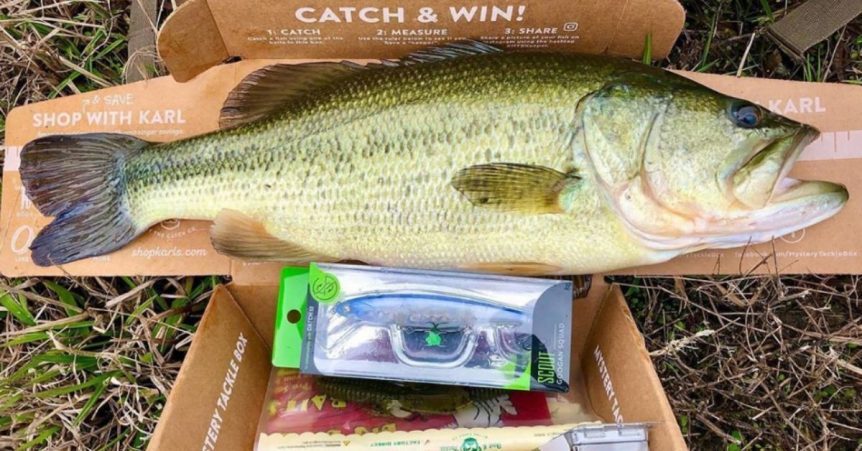Force Them To EAT! 4 Easy Ways To Trigger A Reaction Strike
[print_link]
When opportunity knocks a bass instinctively strikes at something even if the fish isn’t hungry.
Baitfish or crawfish swimming past a bass and bumping into a log or rock that slows the prey down is hard for a bass to resist. A crippled baitfish that flutters in front of a bass hiding in a bush or under a dock is also an easy meal for the bass to quickly inhale. These golden opportunities for bass trigger reaction strikes from the predator fish.
Bass anglers can mimic these situations to trigger reaction strikes from bass using a variety of lures and presentations. Here’s a look at some of the best tactics for triggering reaction strikes from bass.
Flipping To Cover

This tactic is ideal for triggering a reaction strike from inactive bass holding tight to cover after the passage of a cold front. Flip a jig or Texas-rigged soft plastic bait into the thickest cover you can find and let it slowly fall into the bass’ hideout. Use a lightweight jig or sinker (1/4 or 3/8 ounce) so your lure will descend slowly to trigger a reaction strike on the initial fall.
Bumping Cover

Banging a spinnerbait or square bill crankbait into a rock or log is another effective way to trigger a reaction strike from bass. Retrieve your lure at a high speed and make sure it crashes into the cover. The lure deflecting off the target imitates a fleeing baitfish that has been stunned after running into the cover. A bass takes advantage of this opportunity by inhaling the deflected lure.
Ripping Weeds

When lipless crankbaits or spinnerbaits start bogging down in grass, bass anglers jerk their rods to free the lures from the vegetation. This ripping action frequently draws reaction strikes from bass lurking along the edges of the grass lines. Using braided line will help your lure cut through the grass easier and prevent from having to free the bait from too much vegetation when you jerk.
Stroking A Jig

Inactive post-spawn bass can be tempted into biting by stroking a jig off the bottom. Throw a heavy (3/4 or 1 ounce) jig along with a main-lake point or ledge and let it drop to the bottom. Then jerk your rod up to about the 1 or 2 o’clock position to rip the jig off the bottom. As the jig falls quickly back to the bottom, watch your line for a bite. The jig ripping off the bottom and falling down quickly imitates a fleeing crawfish, which causes a reaction strike from bottom-hugging bass.
How useful was this post?
Click on a star to rate it!

